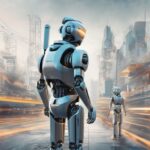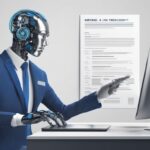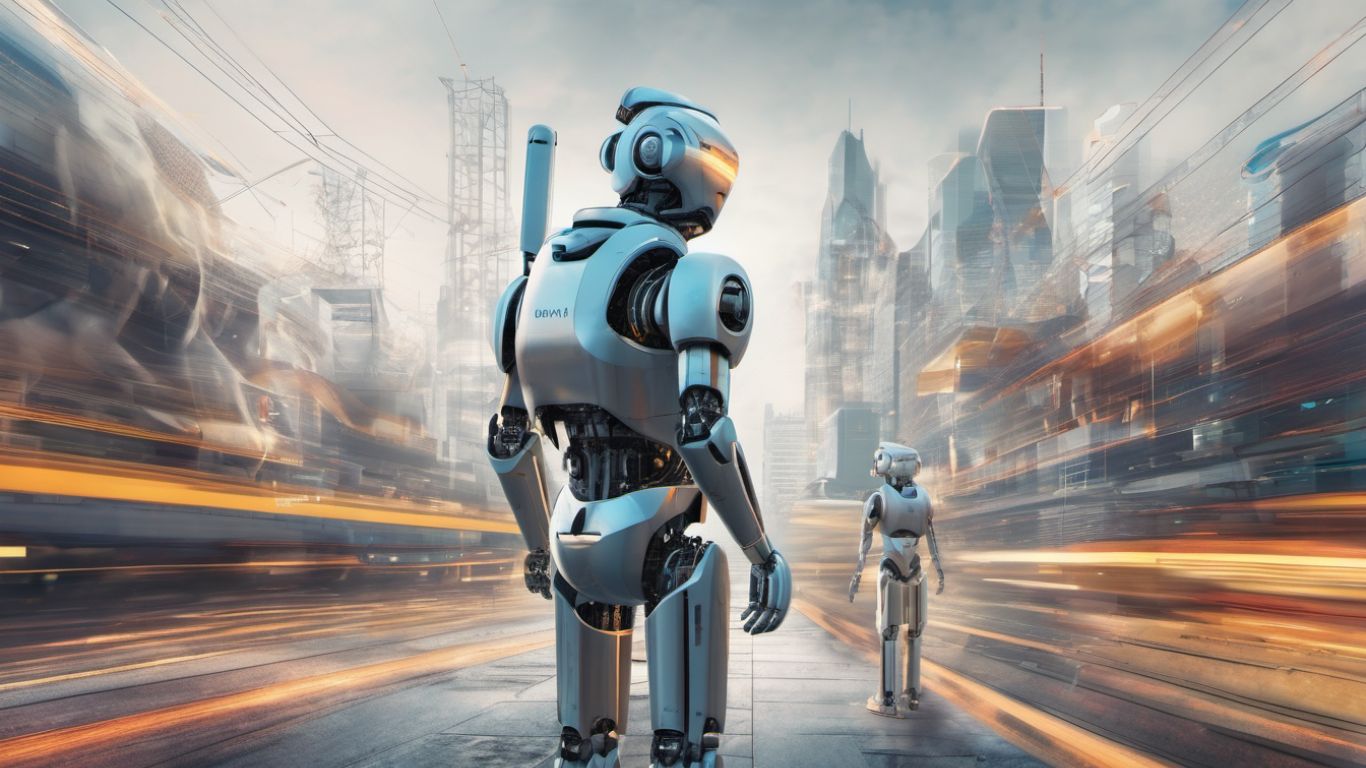Artificial Intelligence (AI) represents a frontier in computer science, aiming to create machines capable of intelligent behavior, traditionally thought to require human intelligence. The foundation of AI encompasses several key concepts, including Machine Learning, Neural Networks, and Deep Learning, each contributing to developing systems that can learn, reason, and act autonomously. Understanding these concepts unlocks insights into how AI operates across various applications, from recommendation systems to autonomous vehicles.
Machine Learning

At the heart of AI is Machine Learning (ML), which enables computers to learn from and make data-based decisions. Unlike traditional programming, where logic and rules are explicitly coded, ML algorithms allow the system to identify patterns and infer rules from the data. This adaptive learning process means that the more data an ML system is exposed to, the more it learns and improves its accuracy over time.
For example, Netflix and Amazon utilize ML in their recommendation systems. By analyzing your past behavior and preferences, these systems predict what movies or products you might like next, personalizing your experience.
Neural Networks
Neural Networks are inspired by the human brain’s structure and function. They consist of layers of nodes (or “neurons”) that process information. Each node connects to others, and the strength of these connections (or “weights”) is adjusted as the system learns. This structure enables the network to model complex, non-linear relationships in the data it processes.
Example: Chatbots and virtual assistants like Siri or Alexa rely on Neural Networks to understand natural language. These systems process your words, interpret your intent, and generate appropriate responses, simulating a conversation with a human.
Deep Learning
Deep Learning, a subset of ML, involves Neural Networks with many layers (hence “deep”). These deep neural networks can learn from vast amounts of data, recognizing patterns at different levels of abstraction. This ability makes Deep Learning particularly powerful for tasks involving large-scale and complex data.
Example: Autonomous vehicles use Deep Learning to process and interpret data from various sensors (cameras, radar, etc.), allowing them to understand their surroundings and make driving decisions in real-time.
Applications of AI
Beyond the examples given, AI’s applications are vast and varied. In healthcare, AI analyzes patient data to assist in diagnosis and tailor treatment plans, significantly advancing personalized medicine. Financial institutions employ AI in fraud detection, where systems analyze transaction patterns to identify and flag suspicious activities.

Through these examples, it’s evident that AI learns from data, identifies patterns, and makes informed decisions. Whether it’s enhancing customer experience through personalized recommendations, enabling real-time interactions via chatbots, or driving the development of autonomous vehicles and advancements in healthcare, AI’s potential is boundless. As technology evolves, so will AI’s capabilities, promising to redefine what machines can do and how they can support human endeavors. So, it is crucial to continue exploring and pushing AI’s boundaries for society’s betterment. By understanding its key concepts and applications, we can embrace AI’s potential and pave the way for a more intelligent future. So, let’s continue to learn about AI and its infinite possibilities!
–
FAQs
What is Artificial Intelligence (AI)?
Artificial Intelligence (AI) is the simulation of human intelligence in machines programmed to think and learn like humans. It enables machines to perform tasks that typically require human intelligence, such as visual perception, speech recognition, decision-making, and language translation.
How do Machine Learning and Deep Learning fit into AI?
Machine Learning (ML) is a subset of AI that involves algorithms and statistical models that allow computers to perform specific tasks without using explicit instructions. Instead, they rely on patterns and inference. Deep Learning is a subset of ML that uses neural networks with many layers to analyze vast amounts of data. It is a crucial technology for achieving more complex AI tasks.
Can AI surpass human intelligence?
Currently, AI excels at performing specific, well-defined tasks and can sometimes surpass human ability in these areas. However, AI lacks the general awareness, consciousness, and emotional intelligence that humans possess. The notion of AI surpassing human intelligence entirely, often called “superintelligence,” remains a topic of debate and speculation.
Is AI dangerous?
AI itself is not inherently dangerous. However, how it is developed and used by humans can pose risks. Ethical concerns, such as data privacy, surveillance, and autonomous weaponry, are crucial topics in the AI community. To mitigate potential risks, AI must be developed with careful consideration of ethical implications and safeguards.
How is AI changing the workforce?
AI is transforming the workforce by automating routine tasks, which can increase efficiency and productivity. This automation may lead to job displacement in specific sectors but also creates new opportunities in AI development, data analysis, and technology-driven fields. The future workforce may need to adapt by gaining skills that complement AI technologies.
Conclusion
Artificial Intelligence is a constantly evolving field with immense potential for enhancing our lives and revolutionizing industries. Its critical concepts of Machine Learning, Neural Networks, and Deep Learning work together to enable systems to learn, reason, and act autonomously—AI’s vast and varied applications, from personalized recommendations to autonomous vehicles. As technology advances, so will AI, promising a future where machines can augment human abilities and support us in ways we never thought possible. It is an exciting time to be a part of the AI revolution, and there is no limit to what can be achieved with continued innovation and exploration. Let’s continue embracing AI’s power and shape a brighter future together. So, let’s keep learning, creating, and pushing the boundaries of AI!










